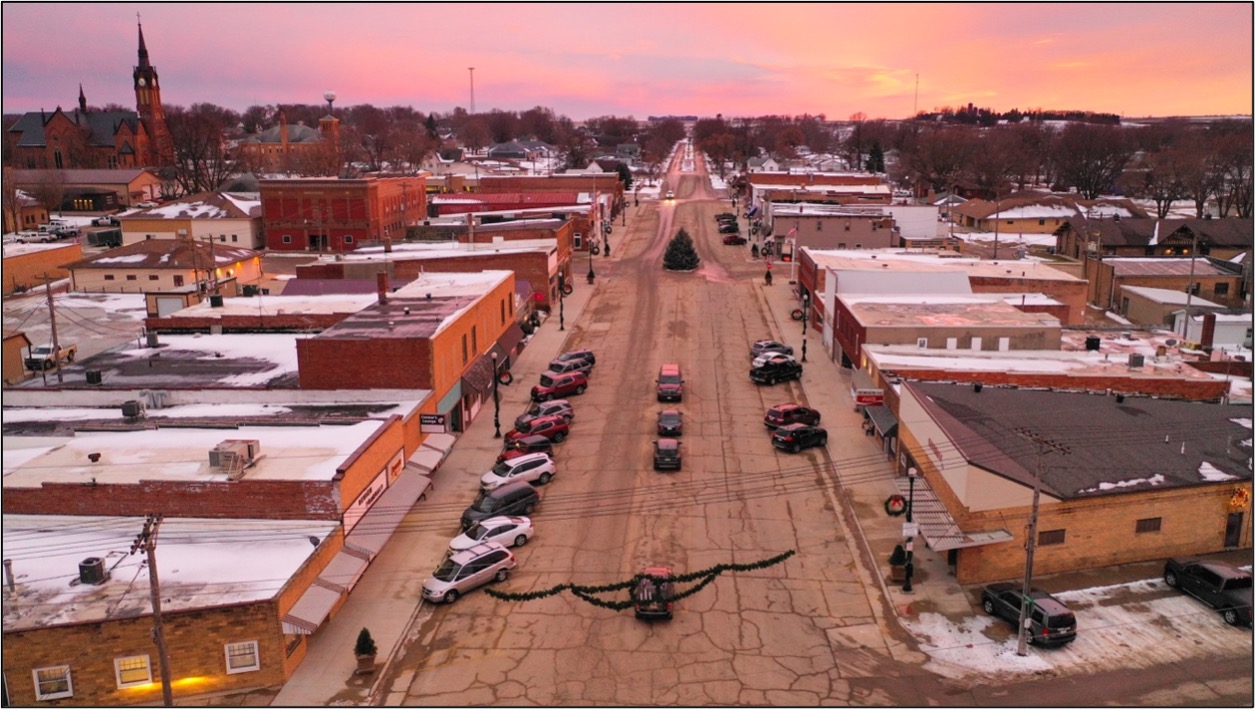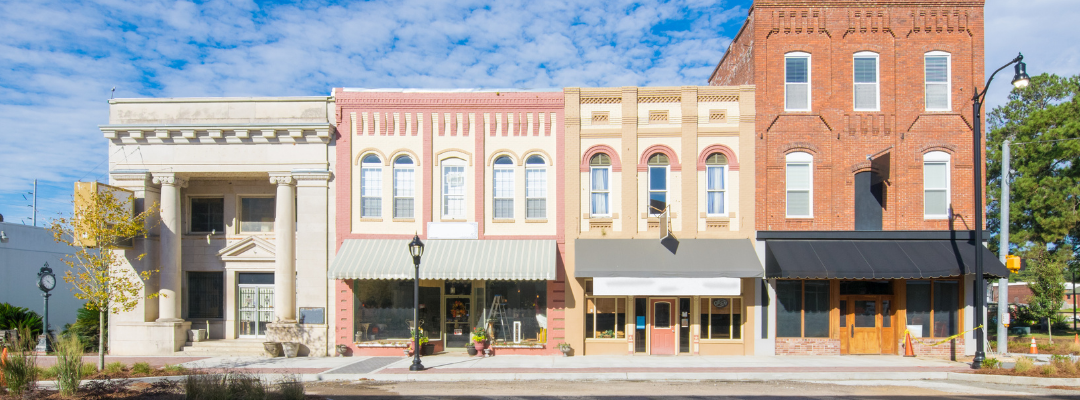Where do you go beyond home and work? Do you commute speedily between the two without much interruption, or do you take a detour to spend time at other fixtures within the community? The idea of the “third place” – where community members spend time outside of their home or workplace – has gained attention in recent years, viewed as a generator of social capital.
Many rural communities have seen their traditional institutions – churches, bowling leagues, civic organizations, etc. – dwindle over the years, due to population decline and the increasing encroachment of digital connections over face-to-face interactions. Thus, the “third places” of today might not resemble those of yesterday, as bowling alleys and fraternal lodges have largely been replaced by gastropubs and axe-throwing ranges.
A recent study attempted to shed light on what rural third places look like and the community functions they serve.[1]Data collection included a survey, sent to all county Extension agents in Oklahoma, which asked a few basic questions about the kinds of institutions and businesses that strengthen the community and contribute to its sense of vitality. Among the numerous findings that came from the survey responses, one common theme was that of the third place: where community members gather to strengthen relationships and share information.
Responses from the survey highlighted both conventional third places, such as diners and coffee shops, and less traditional social fixtures, such as hardware stores, seed and feed stores, and even gas station convenience stores. The overall sentiment from the responses was positive, emphasizing the contribution of third places to the community. One response stated: “People like to gather there to meet up with friends, and its location is close to downtown.” Another response mentioned that the local coffee place is “where the community has come together.” Several responses described positive social aspects, such as gathering: “It has been in the community at least since the 1970’s…it’s like a school reunion on Friday and Saturday nights.” And conversation (or gossip): “If you need info about who, what, when, where, or how, stop in between 6-8 am and set down in one of the booths…it’s where the towns problems are all solved.”These comments reinforce the idea that such places are vital assets that rural communities cannot afford to lose. Rural stakeholders, such as local government and the small business community, must take steps to accommodate and encourage the flourishing of these spaces. The potential consequences of losing these valuable third places extend beyond mere financial considerations. Preserving these institutions helps safeguard the cohesion and vitality that tie rural communities together.
[1] A. Van Leuven, E. Hill, and S. Low. Redefining Local Economic Anchors: Not Just Eds and Meds. In progress.
Van Leuven, Andrew J. “More than Ever, Rural Communities Need Strong Third Places to Build Social Capital.” Southern Ag Today 3(49.5). December 8, 2023. Permalink

